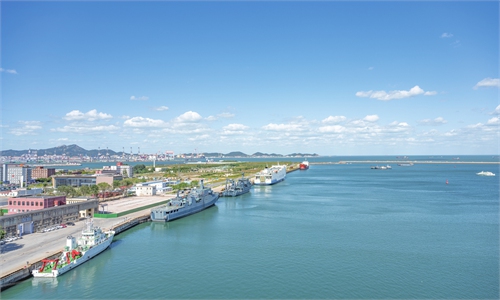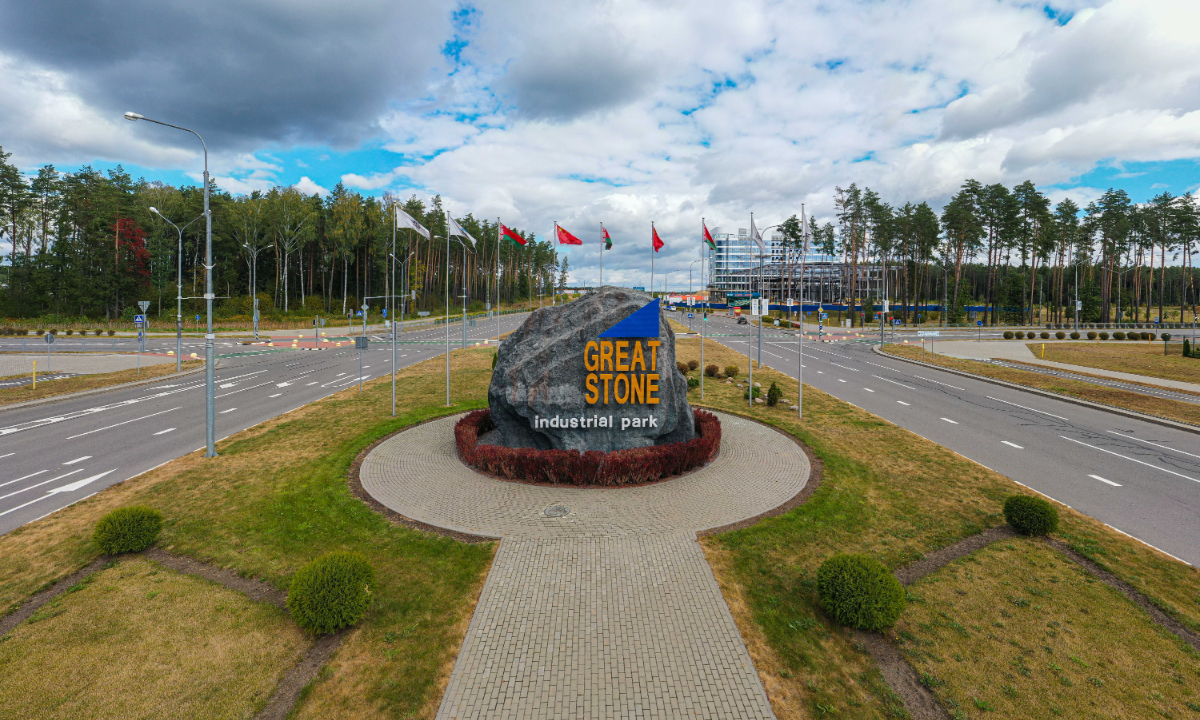
Photo: Courtesy of the China-Belarus Industrial Park
The China-Belarus Industrial Park is a landmark cooperation project under the framework of the Belt and Road Initiative (BRI). The park has suffered impacts including the COVID-19 pandemic, but it has withstood the challenges, and attracted more investment, mirroring a strong bilateral trade between the two countries, the Global Times has learned.
"The location advantage of the park is outstanding," Li Zhonghan, general manager of China-Belarus Industrial Park Development Co told the Global Times. The park is located near the Minsk National Airport, the international aviation hub of Belarus, covering a total area of 112.5 square kilometers.
The biggest advantage of the park is that it enjoys various preferential measures and a sound investment environment, Li said. The Global Times has learned that the enterprises in the park are exempt from income tax for the first ten years before they start to make a profit, and that income tax will be halved until 2062; the import of equipment for enterprises in the park is exempt from value-added tax; the personal income tax of the park staff is four percent lower than that of Belarus local, and the management committee of the park has set up a one-stop service center to help enterprises in the park go through the formalities for doing business in Russia.
Currently, a total of 107 companies from 15 countries and regions have settled in the China-Belarus Industrial Park, including 50 Chinese-funded companies, accounting for 46.73 percent, and 37 Belarusian companies. The total contracted investment is $1.34 billion, with business covering machinery manufacturing, e-commerce, new materials, traditional Chinese medicine, artificial intelligence and 5G.
Belarus's agricultural products are needed by China, and China's processing and manufacturing of consumer goods have huge market demand in Belarus.
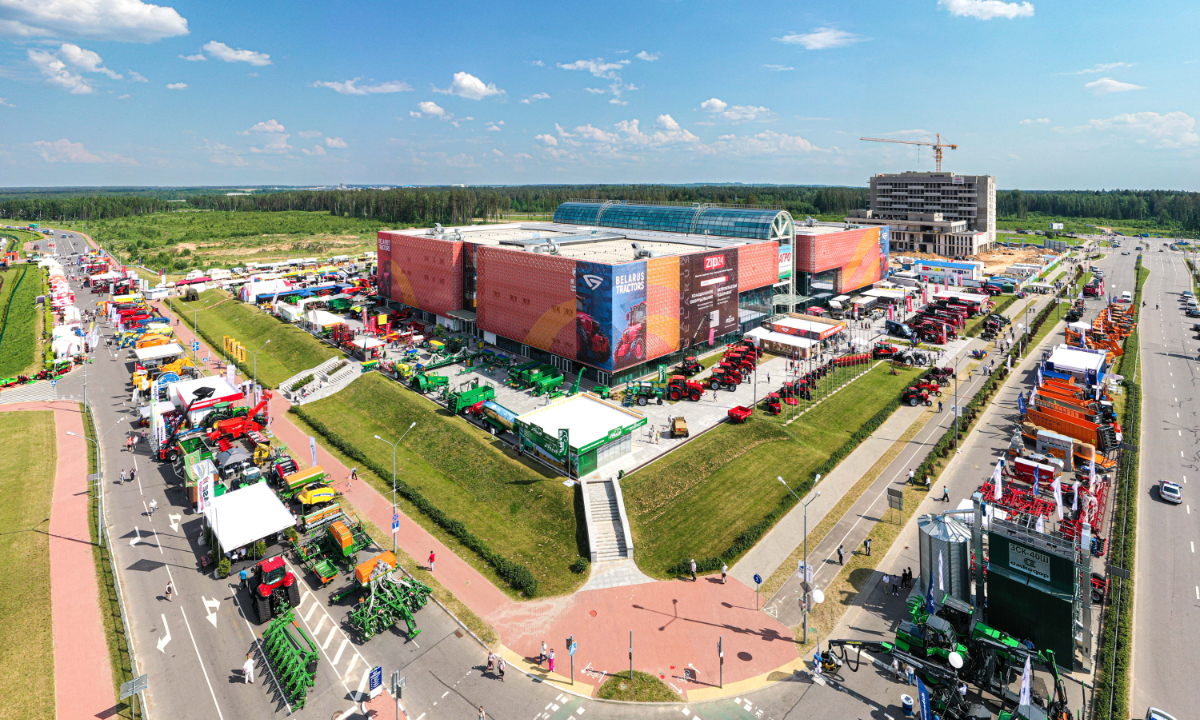
Photo: Courtesy of the China-Belarus Industrial Park
"If the park can be well integrated, the industrial chains in China and Belarus can extend across borders, forming a real industrial mechanism," Cao Heping, an economist at Peking University, told the Global Times.
However, affected by the spillover of conflict between Russia and Ukraine and unilateral sanctions of Western countries, some Chinese and Western investors have postponed their investment plans.
Some enterprises in the park are facing pressures such as rising operating costs, poor financing and payment channels, hindered logistics, and difficulties in recruiting workers, Li said.
In addition, due to the spillover of unilateral sanctions, the two-way payment channels between China and Belarus have been disrupted, resulting in greater difficulties in the flow of funds for companies, which have also slowed the flow of further investment.
However, changes in the external environment have not blocked overall development. According to Li, the park uses multiple channels to help companies solve the problems of financing, exchange rate and payment channels; it also assists park companies to expand their markets.
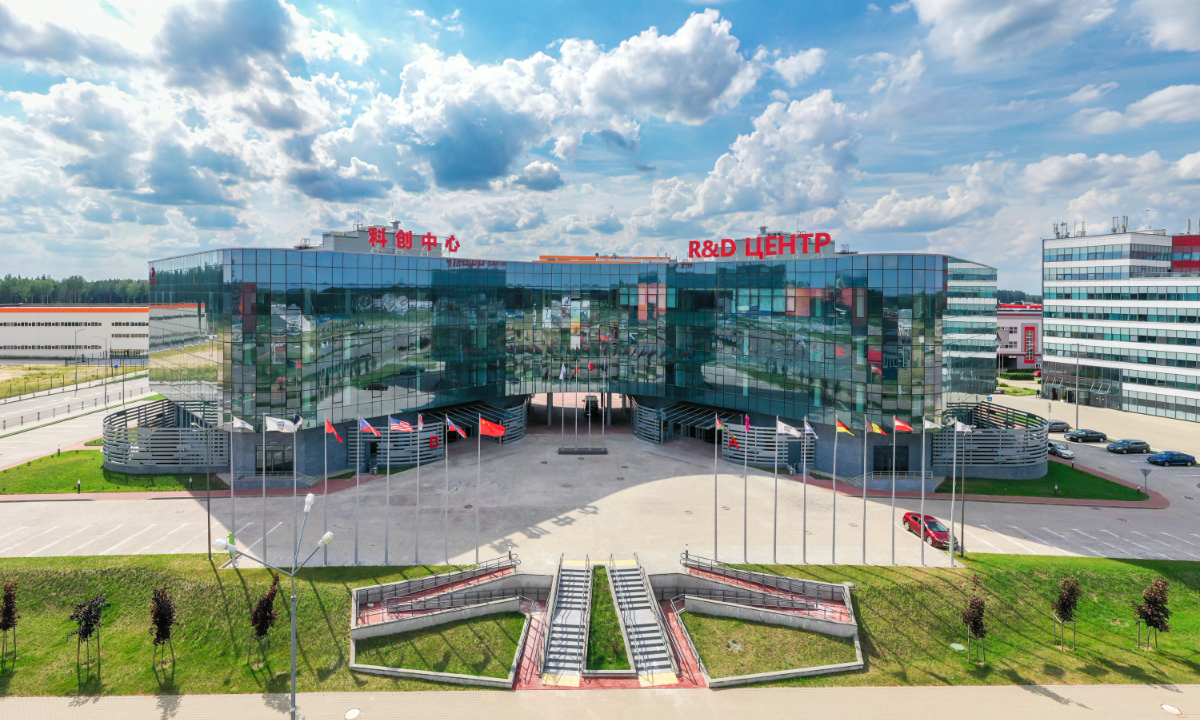
Photo: Courtesy of the China-Belarus Industrial Park
Latest data showed that there were 19 enterprises registered in the park last year. As of February 22, the park has added seven new enterprises since the beginning of this year.
According to data from the National Statistics Committee of Belarus, in 2022, the net profit of enterprises in the park reached 34.1 million Belarusian rubles ($13.5 million), a 1.4 fold year-on-year increase.
Considering the changes in the external environment, the park will focus on building two platforms this year, said Li, explaining that one is to build industrial clusters to deepen cooperation in high-tech, digital economy, artificial intelligence and big data, and the other platform is to cultivate new revenue-generating channels, such as exploring green ecological businesses.
Different from other industrial parks, the China-Belarus Industrial Park also hopes to give full play to the advantages of scientific research capabilities of neighboring countries and build an overseas scientific research cooperation platform for the BRI.
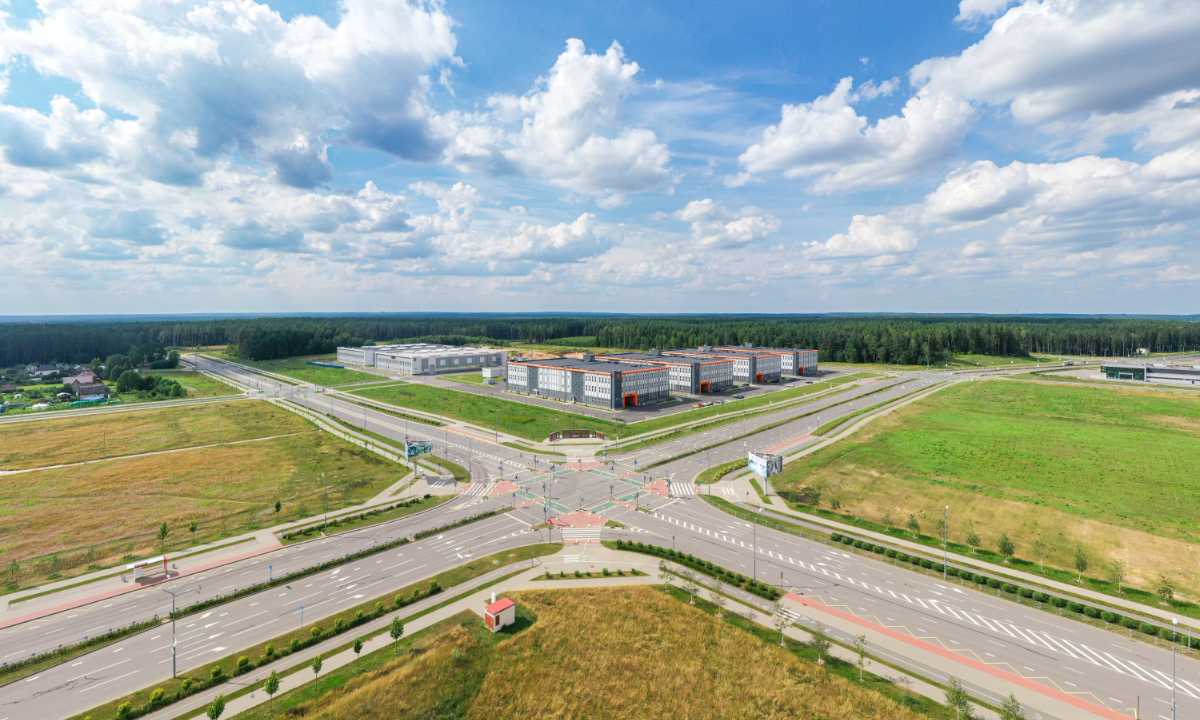
Photo: Courtesy of the China-Belarus Industrial Park
Yan Gang, a former general manager of the park said that the park could help Chinese enterprises to explore more overseas markets.
"If we say that the trade between China and Europe in the past 40 years was mainly concentrated in Western European countries, then the focus in the next 15 to 20 years will be on Western Europe plus some Central and Eastern European countries," Cao said.
Official data showed that, since the establishment of diplomatic relations between China and Belarus in 1992, the trade volume between the two countries has increased from more than $60 million to more than $5 billion in 2022, a near 83 fold increase. China has become the second largest trading partner of Belarus.


